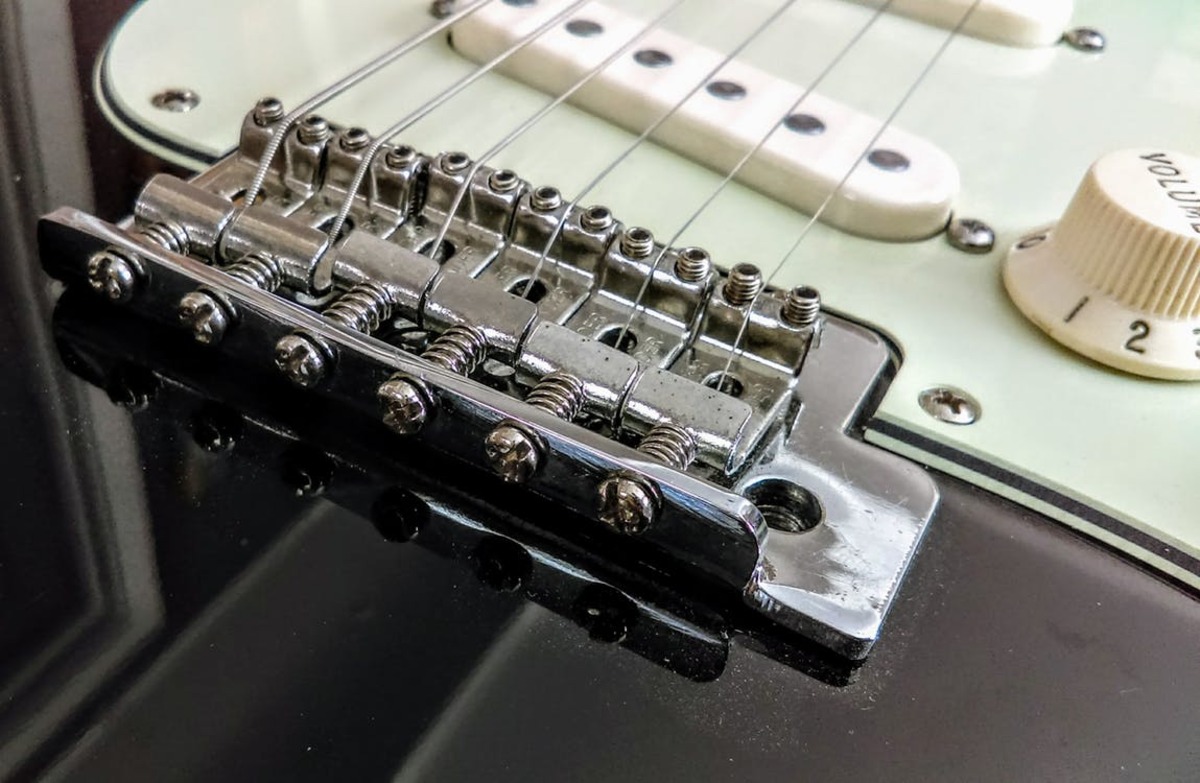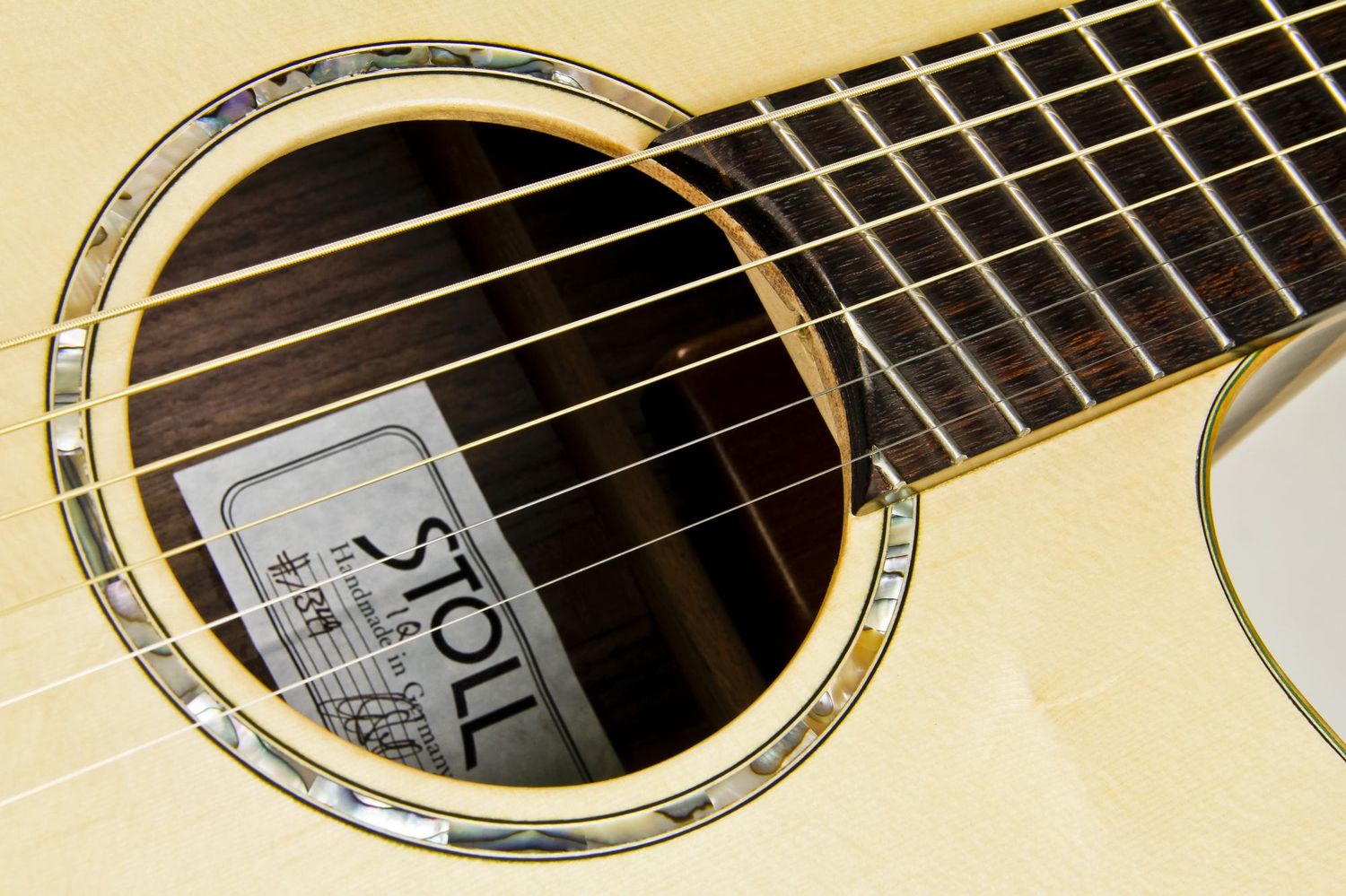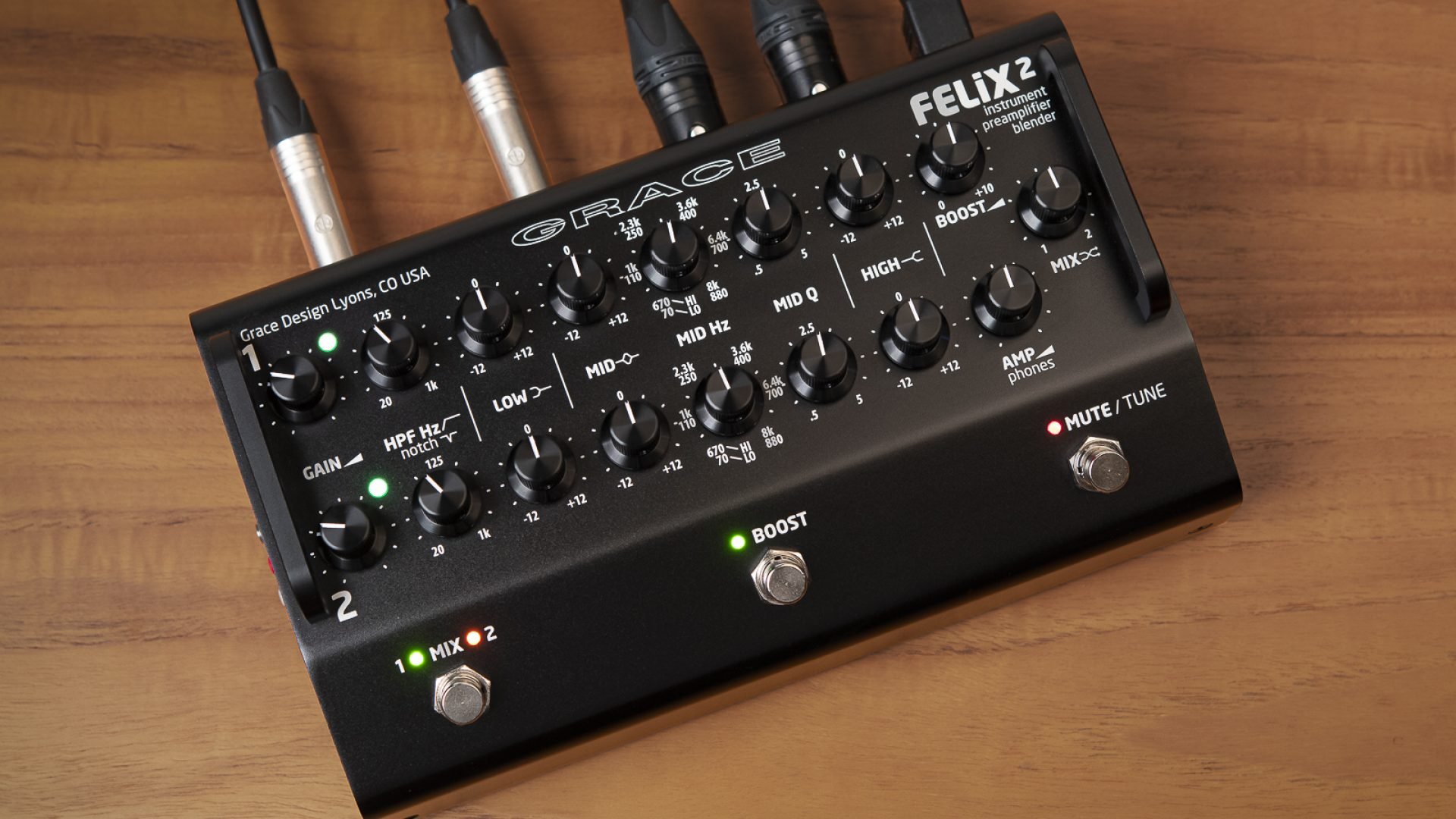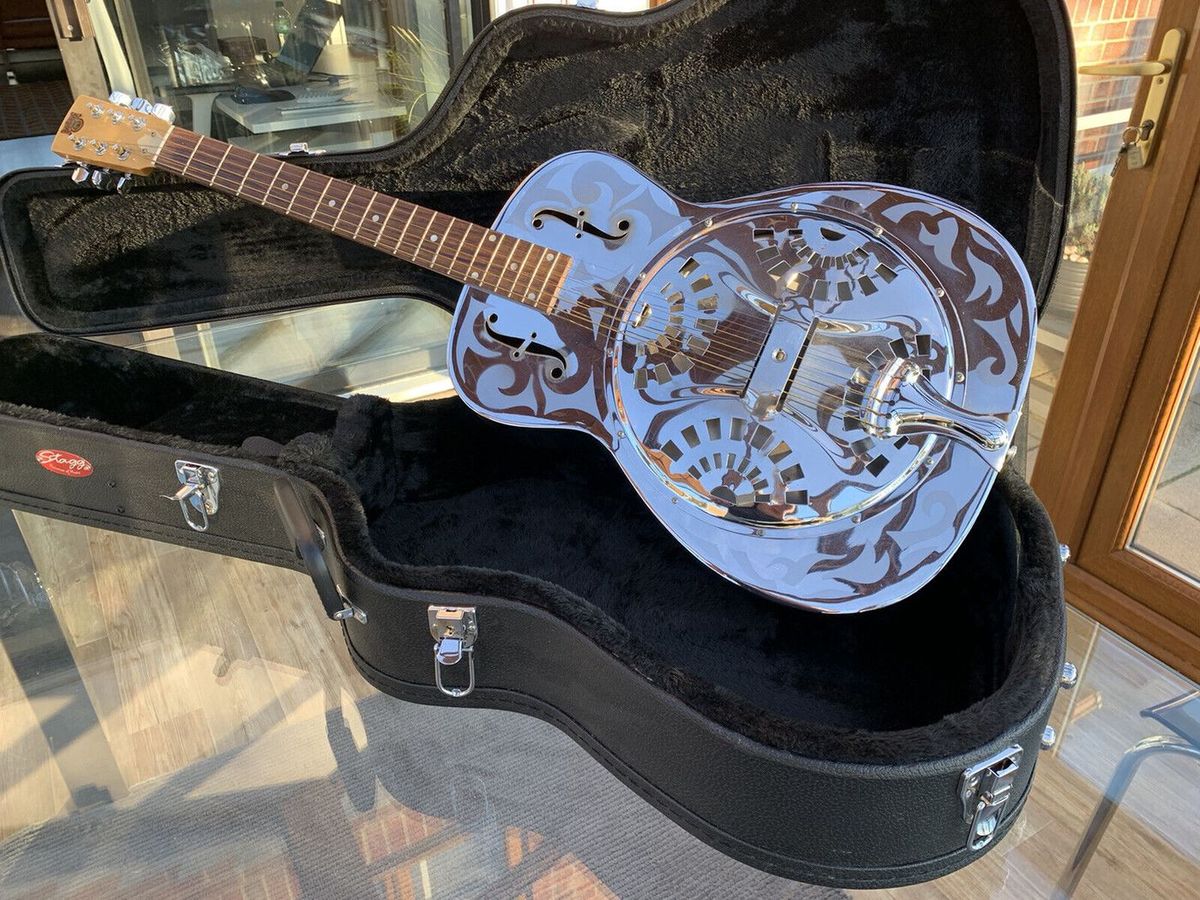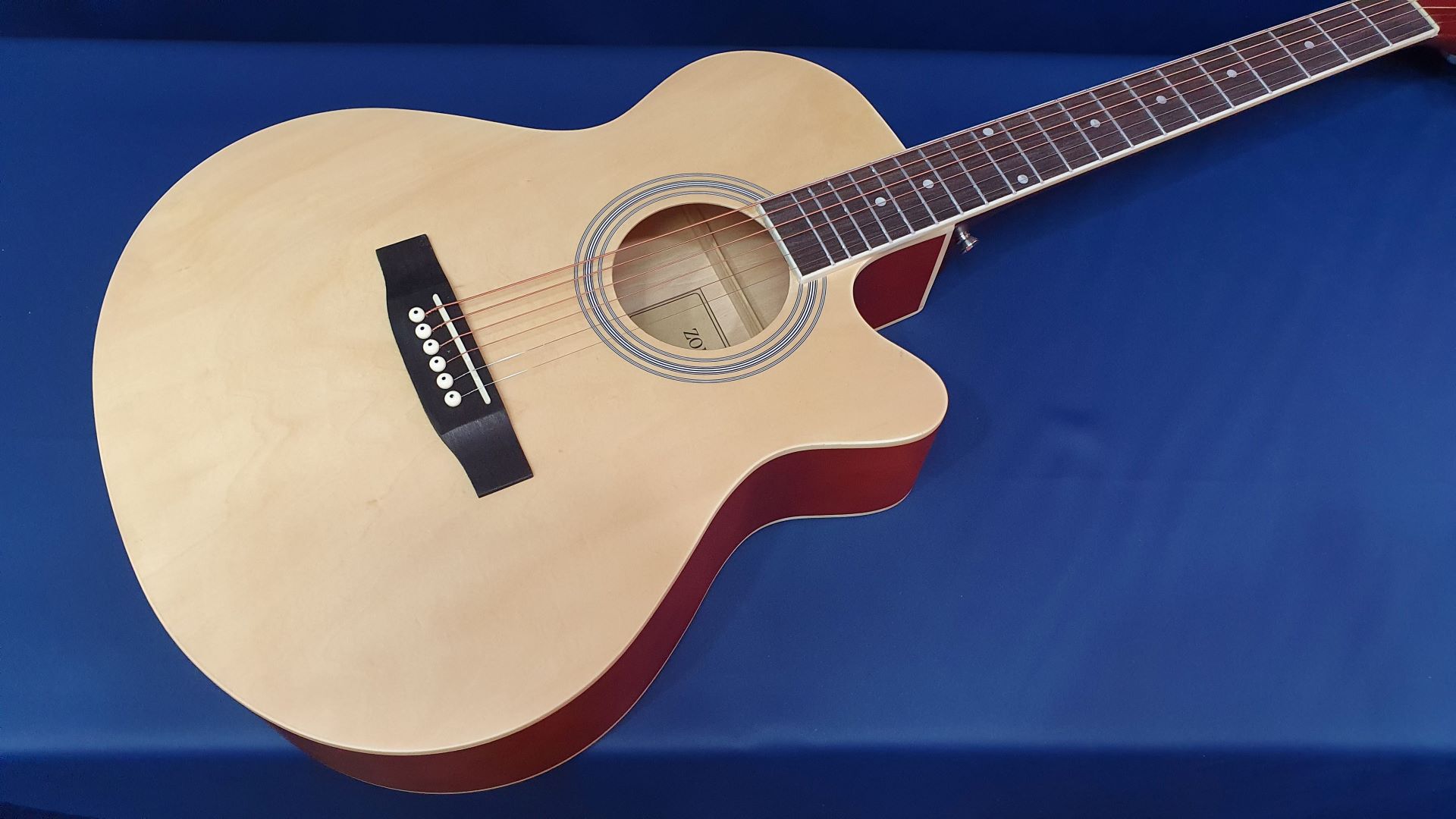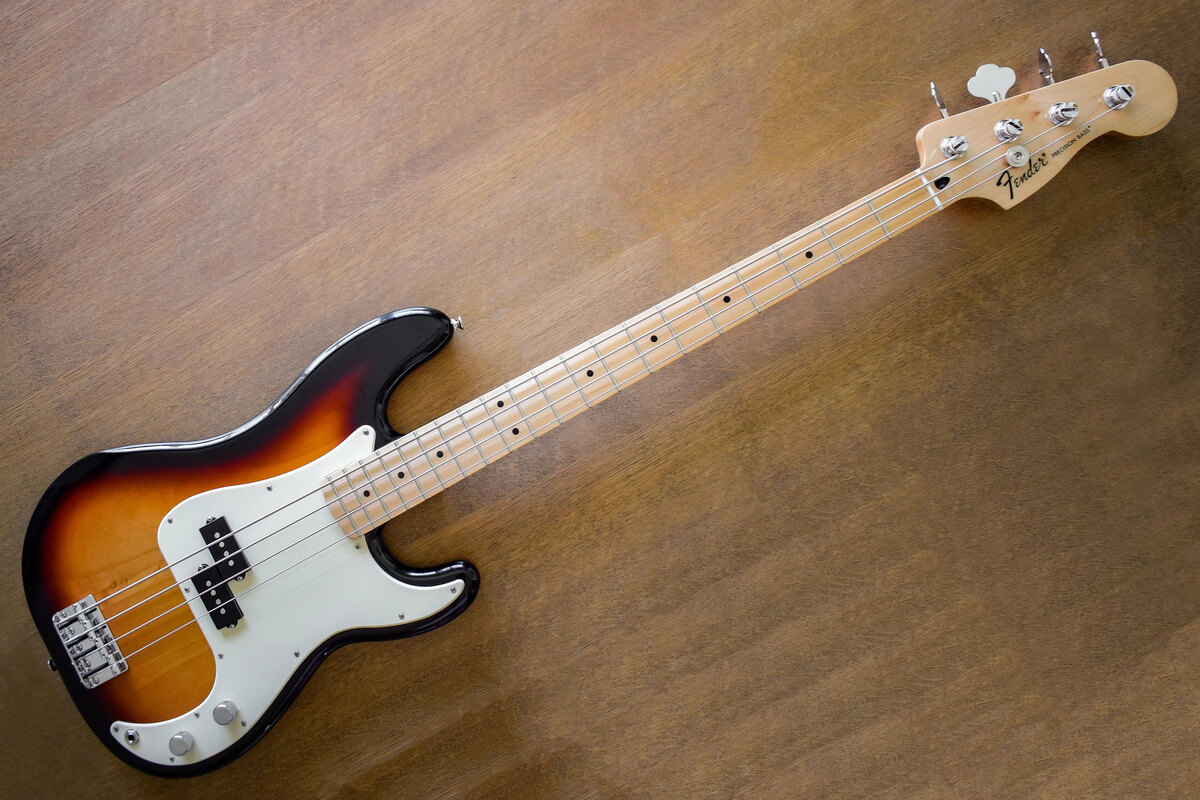Home>Instruments>Guitar>What Is A Guitar Saddle
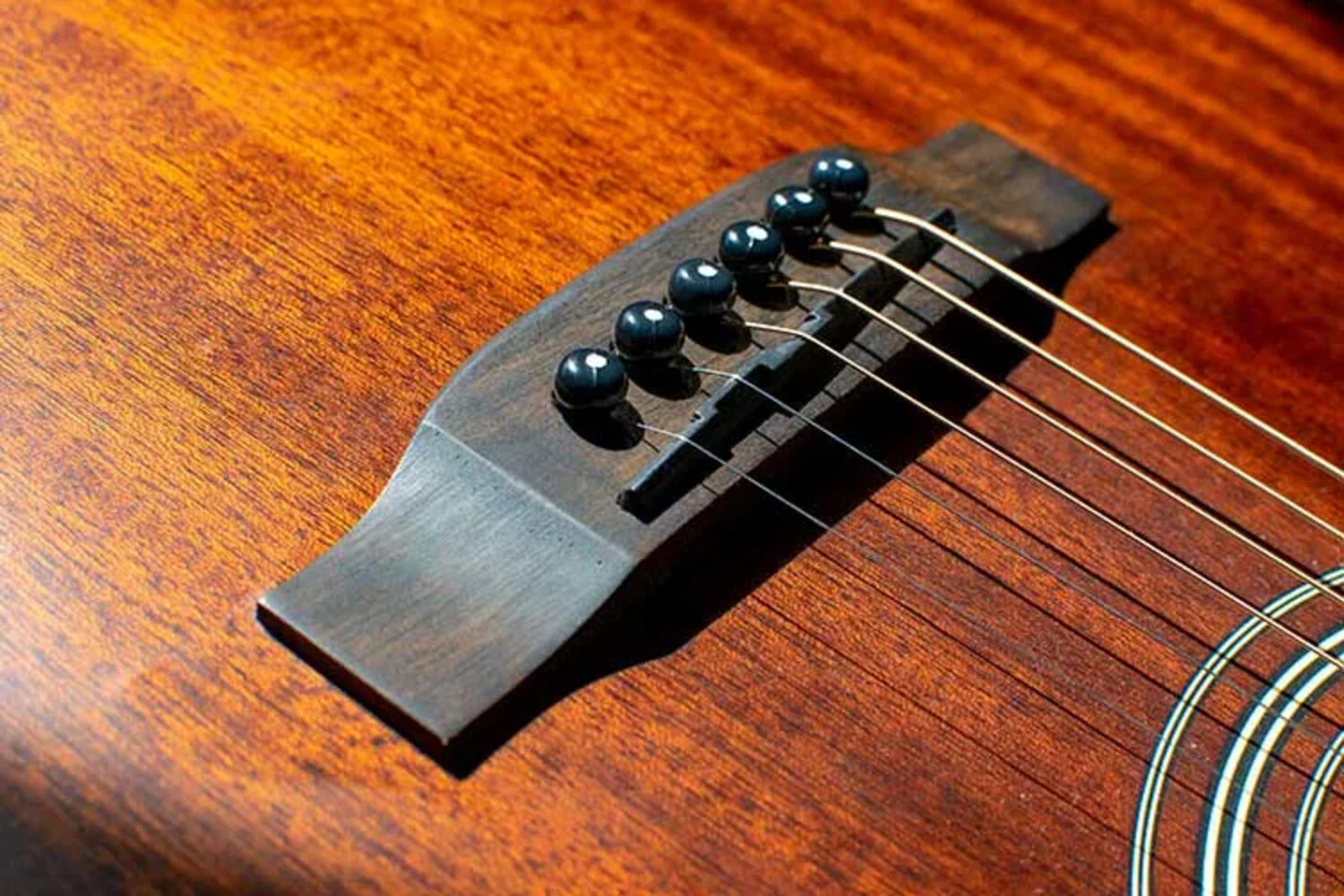

Guitar
What Is A Guitar Saddle
Published: February 15, 2024
Learn about the purpose and importance of a guitar saddle, its materials, and how it affects the instrument's playability and tone. Find out more about guitar saddles.
(Many of the links in this article redirect to a specific reviewed product. Your purchase of these products through affiliate links helps to generate commission for AudioLover.com, at no extra cost. Learn more)
Table of Contents
Introduction
Welcome to the fascinating world of guitars, where every component plays a crucial role in shaping the instrument's sound and playability. One such integral part is the guitar saddle, a small yet mighty component nestled within the bridge of the instrument. As we embark on this exploration of the guitar saddle, we'll uncover its significance, various types, and the essential role it plays in the overall performance of the guitar.
The guitar, a beloved stringed instrument with a rich history and diverse cultural significance, has captured the hearts of musicians and music enthusiasts for centuries. From the soul-stirring melodies of acoustic guitars to the electrifying riffs of electric guitars, this instrument offers a vast array of tones and styles. Amidst this symphony of musical possibilities, the guitar saddle quietly fulfills its duty, contributing to the instrument's tonal quality and playability.
As we delve into the intricate details of the guitar saddle, we'll unravel its purpose, the different types available, and the best practices for its maintenance. Whether you're a seasoned guitarist, an aspiring musician, or simply a curious soul with a penchant for musical knowledge, this exploration of the guitar saddle promises to deepen your understanding of this essential component and its impact on the instrument's performance. So, let's embark on this enlightening journey into the heart of the guitar, where the unassuming guitar saddle holds its rightful place as a key player in the instrument's sonic tapestry.
What Is a Guitar Saddle?
The guitar saddle is a small but significant component located in the bridge of the guitar. Typically made from bone, synthetic materials, or metal, the saddle serves as a point of contact for the guitar’s strings. It is positioned directly in front of the bridge pins and is crucial in determining the guitar’s intonation, action, and tone.
Functionally, the guitar saddle acts as a transducer, transmitting the vibrations of the strings to the guitar’s soundboard, thereby influencing the instrument’s overall sound. This seemingly modest piece plays a pivotal role in the transfer of energy from the strings to the guitar’s body, affecting the volume, sustain, and timbre of the notes produced.
Furthermore, the guitar saddle is intricately involved in setting the guitar’s intonation, which refers to the instrument’s ability to play in tune across all frets. By adjusting the saddle’s position, the length of the strings can be fine-tuned, ensuring that each note rings true and harmonious up and down the fretboard.
Whether it’s a classic acoustic guitar, a resonant archtop, or a sleek electric guitar, the saddle remains a common denominator, albeit with variations in material and design. Its unassuming presence belies its profound impact on the instrument’s playability and tonal characteristics, making it an indispensable component in the world of guitars.
The Purpose of a Guitar Saddle
At its core, the guitar saddle serves multiple essential purposes that significantly influence the instrument’s performance and playability. One of its primary functions is to ensure the proper transfer of string vibrations to the guitar’s soundboard, thereby contributing to the instrument’s resonance and tonal quality. As the strings are plucked or strummed, the saddle efficiently transmits these vibrations to the guitar’s body, playing a pivotal role in the production of sound.
Intimately connected to the concept of intonation, the guitar saddle plays a crucial role in maintaining the instrument’s ability to play in tune across the fretboard. By adjusting the saddle’s position, the scale length of the strings can be fine-tuned, ensuring that each note maintains its pitch accuracy regardless of its placement on the fretboard. This meticulous calibration is essential for achieving harmonious chords and accurate melodies, making the saddle an indispensable component for any guitarist striving for impeccable tonal accuracy.
Additionally, the guitar saddle significantly influences the action of the instrument, which refers to the height of the strings above the frets. By adjusting the saddle’s height, players can customize the guitar’s action to suit their playing style and preference, whether they favor a lower, more responsive action for swift fingerpicking or a slightly higher action for powerful strumming.
Furthermore, the material composition of the saddle can impact the guitar’s overall tone. Saddles crafted from different materials, such as bone, synthetic materials, or metal, can impart distinct sonic characteristics to the instrument, allowing players to tailor their guitar’s tonal palette to their liking.
In essence, the guitar saddle stands as a linchpin in the intricate mechanics of the instrument, wielding a profound influence on its tonal quality, playability, and intonation. Its multifaceted role underscores its significance in the world of guitars, where precision and sonic excellence are paramount.
Types of Guitar Saddles
Guitar saddles come in various types, each offering unique characteristics that can impact the instrument’s sound and playability. The choice of saddle type is a crucial consideration for guitarists seeking to tailor their instrument’s tone and performance to their preferences. Here are some common types of guitar saddles:
- Bone Saddles: Renowned for their resonance and clarity, bone saddles are favored for their ability to enhance the guitar’s tonal brightness and sustain. They transmit vibrations effectively, resulting in a pronounced and articulate sound. Additionally, bone saddles are known for their durability and ability to wear down evenly over time, making them a popular choice among discerning guitarists.
- Synthetic Saddles: Crafted from materials such as Tusq or Micarta, synthetic saddles offer consistency and precise intonation. They are engineered to provide enhanced tonal balance and can be an excellent choice for achieving a clear and well-defined sound. Synthetic saddles also contribute to stable tuning and are resistant to changes due to humidity and temperature fluctuations.
- Metal Saddles: Often found on electric guitars, metal saddles, such as those made of brass or stainless steel, can impart a distinct brightness and sustain to the instrument’s sound. They are prized for their ability to add a shimmering quality to the notes and can cater to genres that demand a cutting and vibrant tonal character.
It’s important to note that the choice of saddle material can significantly influence the guitar’s overall tonal profile, making it a crucial factor for players seeking to fine-tune their instrument’s sonic attributes. Additionally, some guitars may come equipped with adjustable saddles, allowing for precise intonation and action adjustments to accommodate individual playing styles and preferences.
Ultimately, the selection of a guitar saddle type represents a personalized sonic journey for each guitarist, offering an opportunity to sculpt the instrument’s voice to align with their musical expression and artistic vision.
How to Maintain a Guitar Saddle
Proper maintenance of the guitar saddle is essential for preserving its functionality and ensuring the continued optimal performance of the instrument. Here are some key practices to maintain and care for the guitar saddle:
- Regular Cleaning: It’s important to keep the saddle clean and free from debris that may affect its contact with the guitar’s bridge. Gently wiping the saddle with a soft, dry cloth can help remove dust and buildup, preserving its integrity and ensuring efficient transmission of string vibrations.
- Monitoring for Wear: Over time, the saddle may experience wear due to the constant pressure and friction from the strings. It’s advisable to periodically inspect the saddle for signs of indentations or uneven wear, as these can affect the guitar’s intonation and action. If significant wear is observed, consulting a professional luthier for a replacement may be necessary.
- Humidity Control: Maintaining stable humidity levels in the guitar’s environment is crucial for preserving the saddle’s integrity, especially for instruments with natural materials such as bone saddles. Extreme fluctuations in humidity can impact the saddle’s structural stability, potentially leading to warping or cracking. Using a guitar humidifier and storing the instrument in a controlled environment can help mitigate these risks.
- String Changes: When replacing strings, it’s important to handle the saddle with care to avoid inadvertently damaging or dislodging it. Gentle handling and ensuring proper alignment during restringing can safeguard the saddle from unnecessary stress or trauma.
Additionally, seeking the expertise of a professional guitar technician or luthier for periodic instrument maintenance can ensure that the guitar saddle receives the attention it needs to function optimally. A luthier can assess the saddle’s condition, address any issues related to intonation or action, and provide guidance on potential adjustments or replacements to uphold the instrument’s performance.
By incorporating these maintenance practices into the care regimen for the guitar saddle, players can uphold the integrity of this vital component, safeguarding its role in preserving the instrument’s tonal excellence and playability for years to come.
Conclusion
The guitar saddle, though modest in size, stands as a critical influencer of the instrument’s sonic character and playability. From its role in transmitting string vibrations to shaping the guitar’s intonation and tone, the saddle holds a position of immense significance in the world of guitars.
As we’ve explored the multifaceted functions and diverse types of guitar saddles, it becomes clear that this unassuming component plays a pivotal role in the instrument’s performance. Whether it’s the resonant clarity of a bone saddle, the precise intonation of a synthetic saddle, or the vibrant brightness of a metal saddle, each type offers unique sonic possibilities, allowing guitarists to tailor their instruments to their artistic vision.
Furthermore, the maintenance of the guitar saddle emerges as a crucial aspect of preserving its functionality and ensuring the longevity of the instrument’s performance. By incorporating regular cleaning, monitoring for wear, humidity control, and careful handling during string changes, players can safeguard the saddle’s integrity and uphold its essential role in the guitar’s sonic tapestry.
Ultimately, the guitar saddle embodies the intricate marriage of art and engineering, where its unassuming presence belies its profound impact on the instrument’s sonic excellence. Whether in the gentle resonance of an acoustic ballad or the searing solos of an electric performance, the guitar saddle quietly fulfills its duty, ensuring that the instrument sings true and resonates with the passion of its player.
As we bid adieu to this exploration of the guitar saddle, let us carry forth a newfound appreciation for this unassuming yet indispensable component, recognizing its enduring role in shaping the timeless melodies and captivating performances that emanate from the heart of the guitar.

